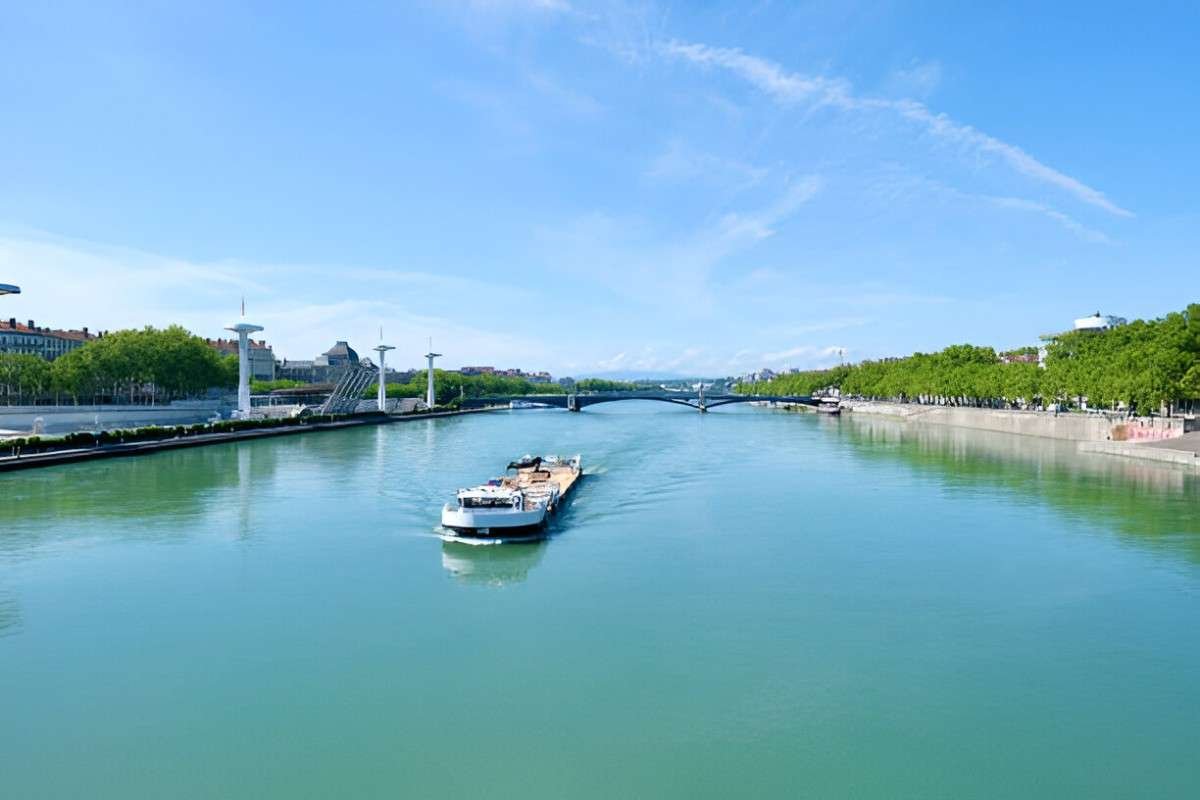Inland waterways are bodies of water such as rivers, lakes, and canals that are used for transportation, recreation, and irrigation purposes within a country’s interior regions. They play a vital role in facilitating trade, commerce, and connectivity, offering a cost-effective and environmentally friendly mode of transportation for goods and passengers. Understanding inland waterways is essential for individuals and businesses involved in logistics, transportation, and regional development.
Table of Contents
What are Inland Waterways?
Inland waterways refer to navigable bodies of water located within a country’s borders, excluding coastal and oceanic waters. They include rivers, lakes, canals, and reservoirs that are used for various purposes such as transportation, irrigation, hydroelectric power generation, and recreation.
Key Points:
- Transportation Networks: Inland waterways serve as natural or artificial transportation networks, providing routes for ships, barges, and boats to navigate through interior regions.
- Cost-Effective Transportation: Compared to other modes of transportation such as road or rail, inland waterways offer a cost-effective and fuel-efficient means of moving goods and passengers over long distances.
- Environmental Benefits: Inland waterway transportation is generally considered environmentally friendly, producing lower emissions and causing less noise pollution compared to road or air transportation.
Example of Inland Waterways
The Mississippi River in the United States is a prominent example of an inland waterway. Stretching over 2,300 miles from Minnesota to the Gulf of Mexico, the Mississippi River and its tributaries serve as a crucial transportation artery for the movement of goods such as grain, coal, petroleum, and manufactured goods. Barges and towboats navigate the river, transporting cargo between the Midwest and ports along the Gulf Coast, providing a cost-effective and efficient mode of transportation for businesses in the region.
Importance of Inland Waterways
- Economic Development: Inland waterways contribute to economic development by facilitating trade, commerce, and regional connectivity. They provide access to markets, reduce transportation costs, and stimulate investment in industries such as agriculture, manufacturing, and energy.
- Transportation Efficiency: Inland waterways offer a cost-effective and fuel-efficient mode of transportation for bulk commodities such as grain, coal, petroleum, and construction materials. Barges and boats can transport large volumes of cargo over long distances, reducing road congestion and greenhouse gas emissions.
- Environmental Sustainability: Compared to road or rail transportation, inland waterway transportation is considered more environmentally sustainable, as it produces fewer emissions and causes less habitat disruption. Utilizing waterways for transportation helps reduce reliance on fossil fuels and mitigate the environmental impact of freight movement.
- Recreation and Tourism: Inland waterways provide opportunities for recreation and tourism, attracting visitors for activities such as boating, fishing, kayaking, and wildlife viewing. They contribute to local economies by supporting tourism-related businesses such as marinas, restaurants, and hotels.
Challenges Facing Inland Waterways
- Infrastructure Maintenance: Maintaining and upgrading infrastructure such as locks, dams, and channels is essential to ensure the safe and efficient operation of inland waterways. However, funding constraints and deferred maintenance pose challenges to infrastructure investment and modernization efforts.
- Environmental Concerns: Inland waterways may face environmental challenges such as pollution, habitat degradation, and invasive species. Balancing economic development with environmental conservation is crucial to sustainably manage and preserve these valuable natural resources.
- Climate Change Impacts: Climate change can exacerbate flooding, droughts, and extreme weather events, affecting the navigability and reliability of inland waterways. Adaptation measures and resilience planning are necessary to mitigate the impacts of climate change on waterway infrastructure and operations.
Conclusion
Inland waterways are navigable bodies of water located within a country’s interior regions, serving as transportation networks for goods and passengers. They offer a cost-effective, environmentally friendly, and efficient mode of transportation, contributing to economic development, regional connectivity, and recreation. Understanding the importance and challenges of inland waterways is essential for policymakers, businesses, and communities to harness their potential, address infrastructure needs, and promote sustainable management practices for these valuable natural resources.





